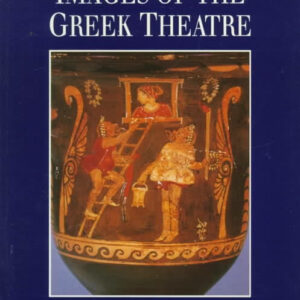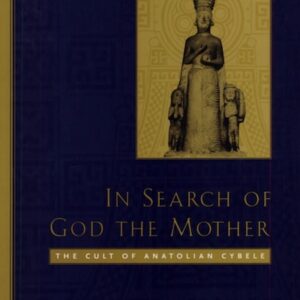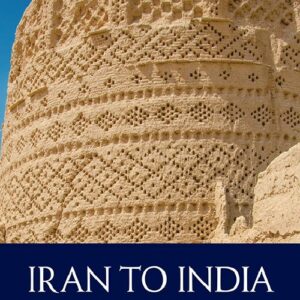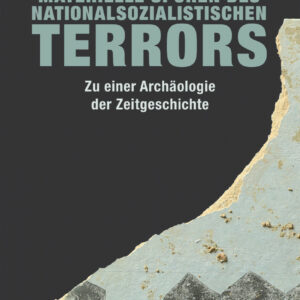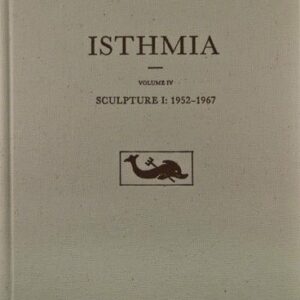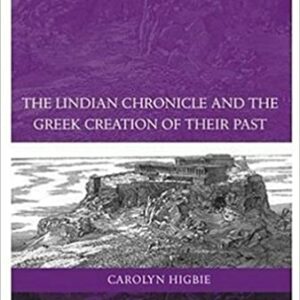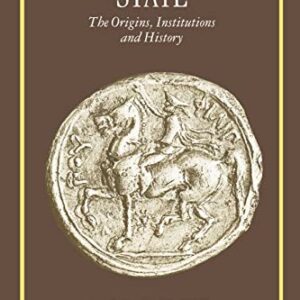
Graeco-Roman Slave Markets: Fact or Fiction?
By Monika Trümper (NHC Fellow, 2008–09) This book critically examines the existence and identification of purpose-built slave markets in the Graeco-Roman world from a cross-cultural perspective. It investigates whether certain ancient monuments were designed specifically for use as slave markets and whether they required special equipment and safety precautions, allowing them to be clearly distinguished … Continued
